We had a couple more days at Aranjuez before heading off to Plasencia. I guess the highlight was the Sunday brunch at La Dolce Bailarina.

But the walk in the Jardin del Principe was pretty good too. It’s allegedly the largest fenced-in park in Europe. Yes, well, maybe. But we can say it’s definitely fenced in and it’s not at all small being over 3 km on one side! The park was not well tended, but there were lots of blossom trees and one group of trees clipped to look like a castle (?). Personally I thought it resembled a spider more than a castle…
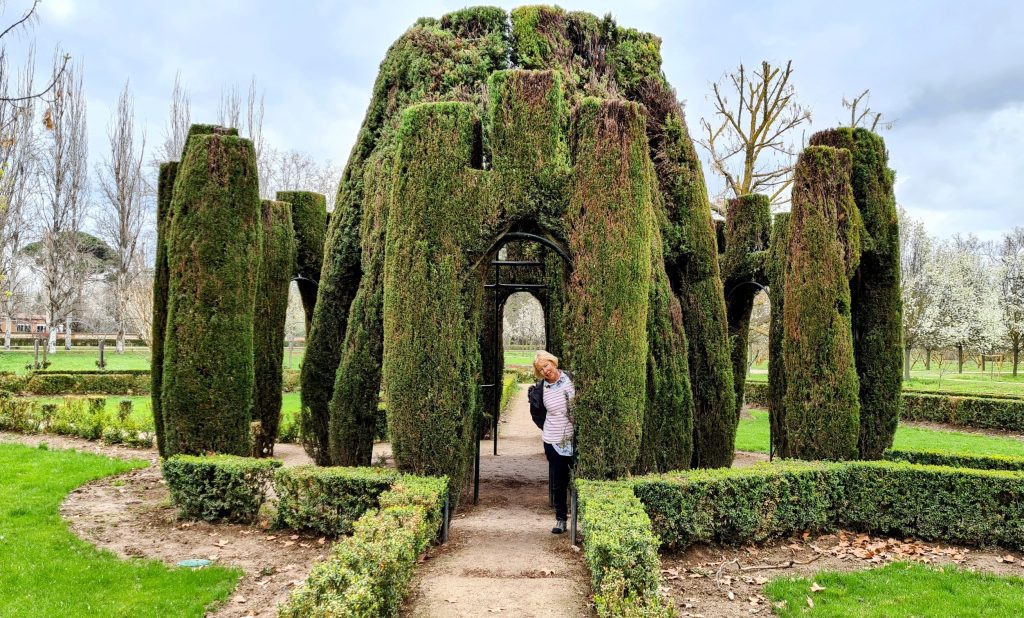
We also visited Ocañia about 17 kms SE. It has a rather pretty square, we’ve been told. What we weren’t told was that it was market day on Monday. And guess where the market is held!
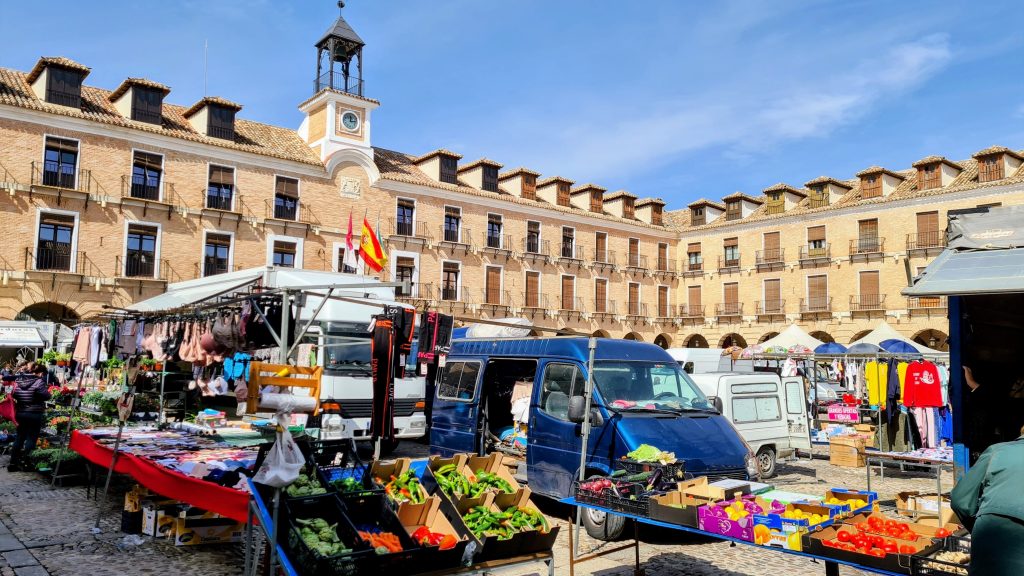
Yes, you got it! So we beat a hasty retreat (but not so hasty that we couldn’t sink a coffee or two, a toasted croissant and a couple of pieces of orange cake in a cafe under the arches!). We were looking for the Palacio de Cárdenas – mainly because it sounded good. While peering tentatively through the massive doors from the street, we were hauled in by the security guard. After one of those conversations where both parties talk a lot with not a single word in common. Much gesturing and pushing us through the body scanners and clear instructions that we could walk around the courtyard, but that if we ventured into any rooms we would be arrested for treason and probably shot. At least I think that was the gist. Hey presto. We were in the Palace courtyard…

… except, after a bit more research, we found that we were actually in the centre of the local Court. There were a few dubious characters (car hijackers and the like) waiting to see various judges and legal advisors. And anyway it didn’t feel very palatial with lots of plaster work falling off the columns. Still, it was peaceful, sunny, out of the chilly wind and with a total absence of street traders trying to sell us stuff we really didn’t need! We did visit an upstairs room for personal reasons, so we are expecting court papers to arrive in Galmpton any day now! As we left, our best friend in the security department, let’s call him Diego, asked us which side of the quadrangle we preferred and whether we had any suggestions for remedial work on his pillars. I think that’s what he said – that and possibly that if we paid our fine for trespass promptly there would be a 50% reduction.
We never did find the Palace!
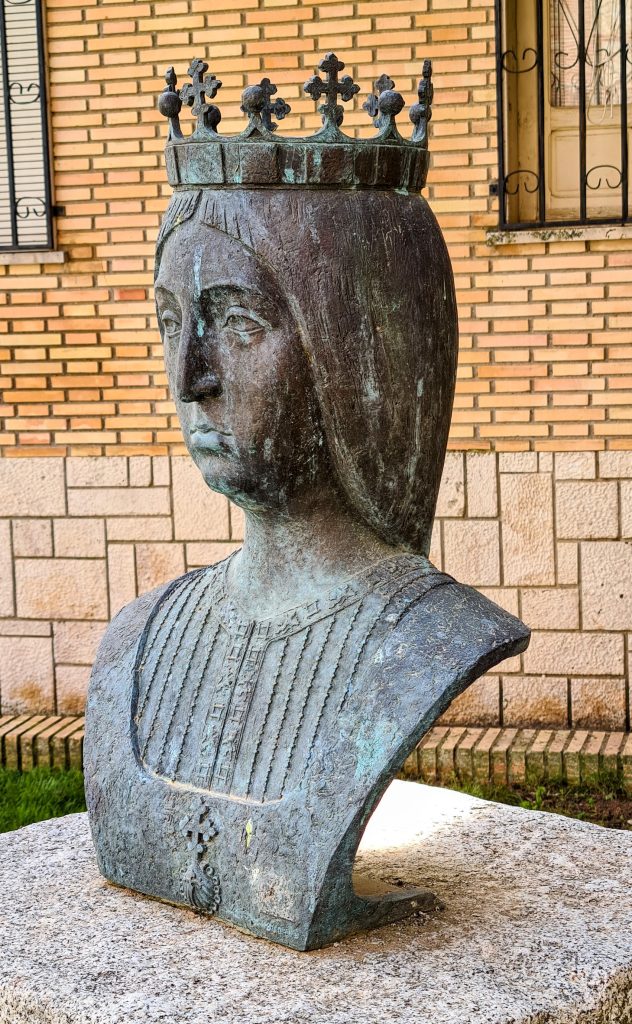
Although we did come across a rather sour looking royal – Queen Isabella I! Maybe she tangled with the courthouse security staff when she got lost after a boozy night on the town and knocked on the wrong door!
Now, at last, it’s time for the cherry blossom! So Camping Monfrağue here we come. It’s just as we remember it. Rather scruffy, with no mowing of grass or weeds, a number of permanent pitches with collections of ancient Spanish caravans wrapped up for the winter in odd tarpaulins and bits of string. However, on the plus side there is no mud and the showers are red hot with phenomenal water pressure. In fact, don’t tell anyone because they might change things, but the showers are dangerous on two fronts – they can be scalding and they can pressure-wash your skin off!
Why is it when there is so little water in Spain, the campsite water pressure is so excessively high? I can fill my 40 litre water container in 8 seconds! Apparently, based on the country’s size Spain is amongst the leaders of nations when it comes to numbers of reservoirs. They have over 1000 large embalises and many, many smaller ones. To be fair, most of the ones we have seen have been far from full – even after all the rain we’ve been having. Maybe the authorities should have a word with campsite owners!
The Jerte Valley is the place we have been cherry scumping in the past – and that’s where we are going. First to the village of Jerte itself. We have to secure a posh lunch at the Hospederia Valle del Jerte. Last time we had difficulty getting a table! Sorted, so now we can go for a pre-lunch promenade. I don’t think we are far off with the timing of our visit. Many of the trees were in full bloom, but some have a week or so to go.
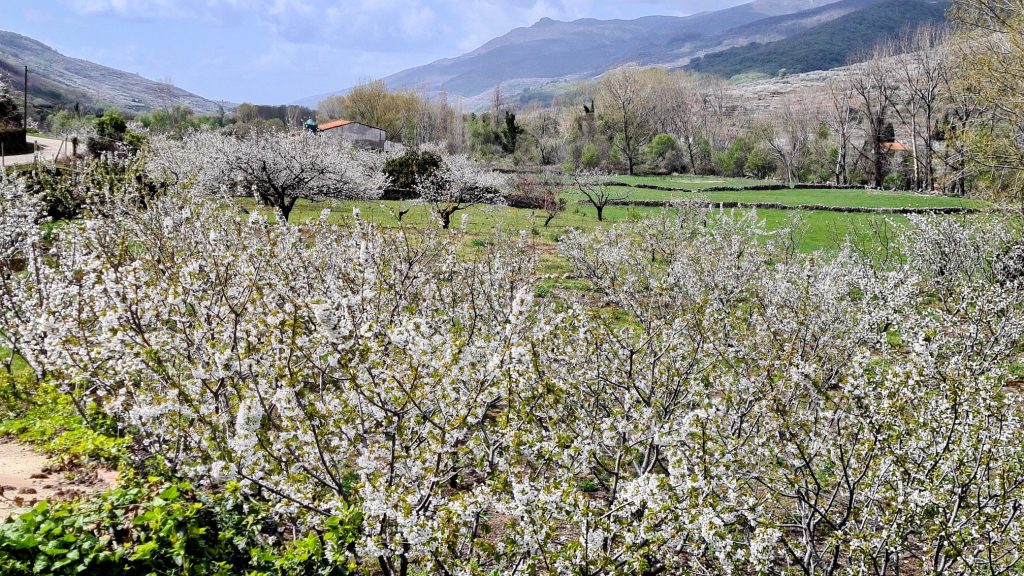
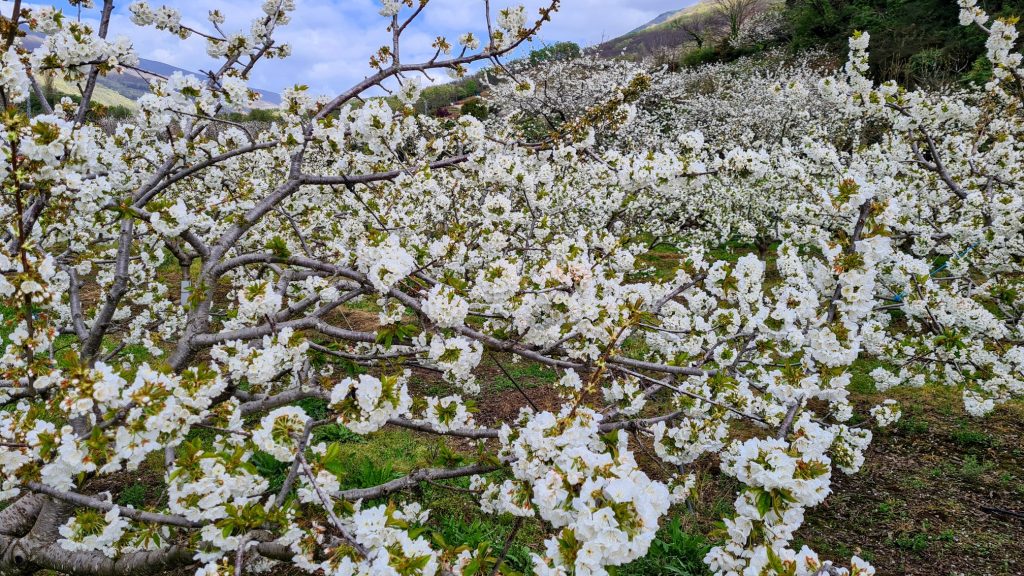

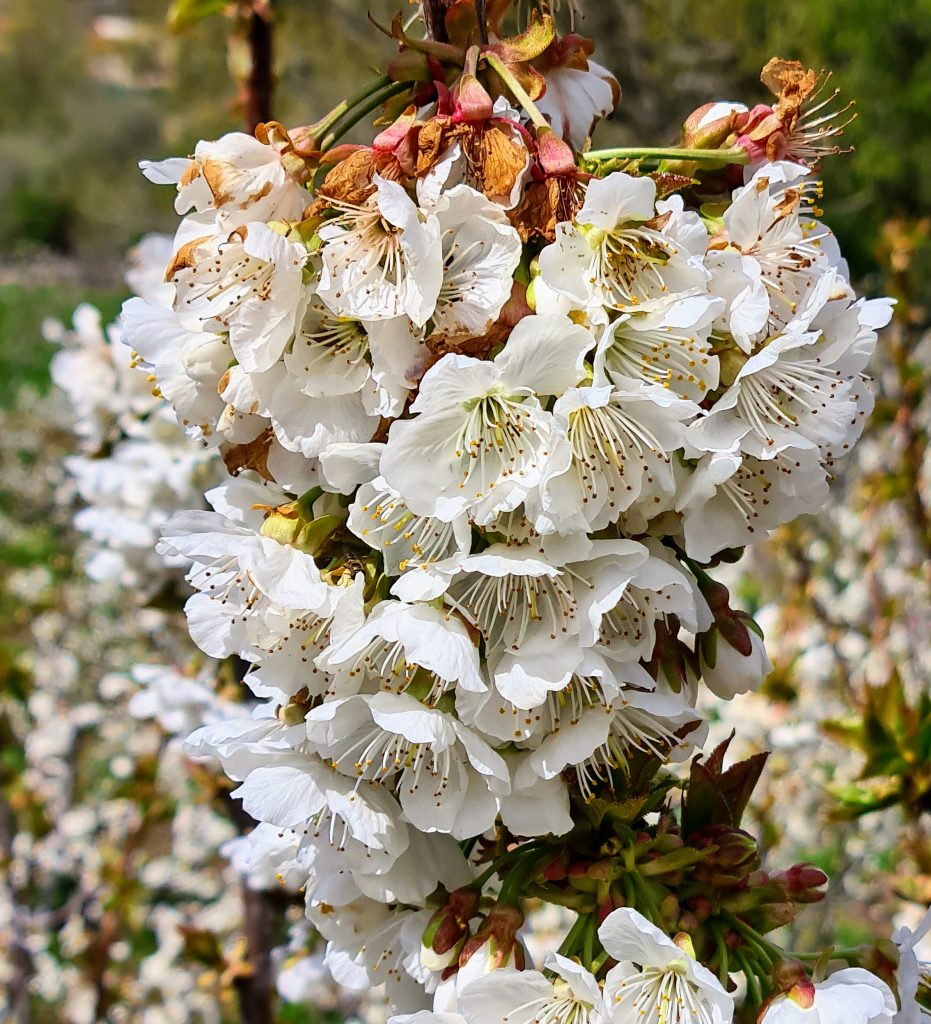
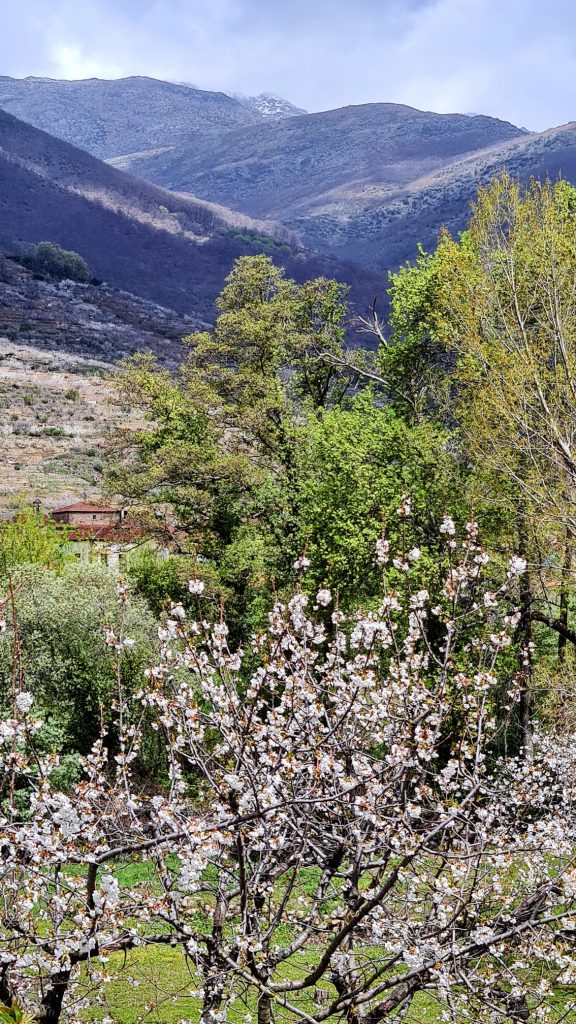
Walking over the River Jerte we took the via pecuaria (ancient drovers’ trail) up the valley. The trees were magnificent with their flowers. They flowed up the hillsides on both sides of the valley. But, because the trees are kept small (for easy harvesting of the cherries) and because the flowers are almost exclusively white, the impact is rather less than we were expecting. After all, the publicity material said:
A unique, dazzling event, where two million cherry trees burst into bloom and turn the landscape completely white.
I’d say they’ve underestimated the number of trees. It’s certainly at least two million and fifty because we found a newly planted field which had escaped the census.
We have decided that growing cherries on the steeply terraced slopes must be hazardous to health. Certainly it’s not good for knees and hips. We met a group of local ex-cherry growers on a boys’ afternoon stroll – and all of them were walking with the aid of sticks. Some of their number had stayed behind on seats by the bridge unable to continue, even with the aid of their zimmer frames! (And, yes, i am aware that one of the group was a lady – she was either identifying as a bloke, or she was their on-call nurse.)
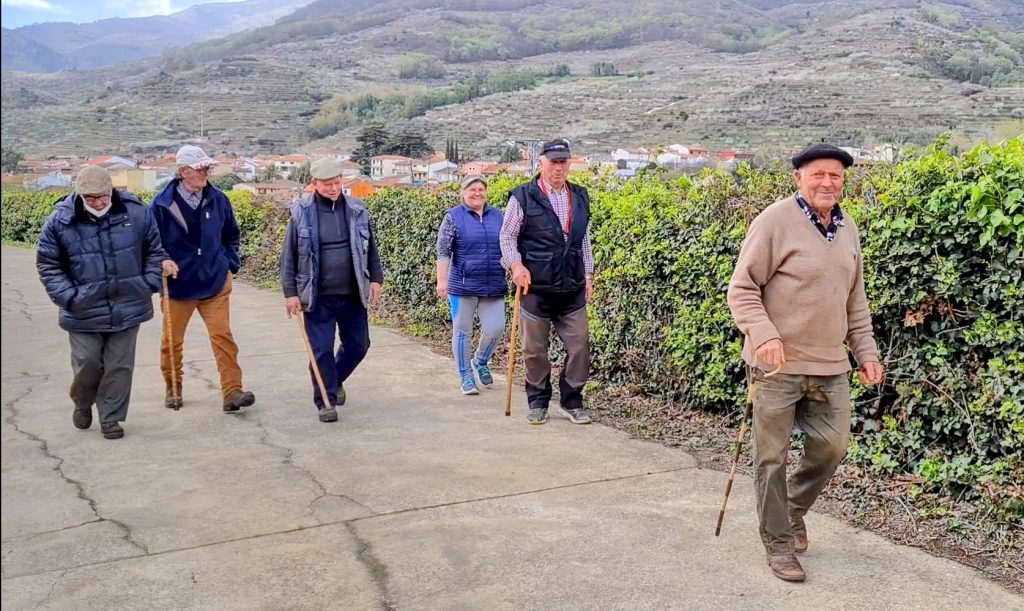
After a super lunch (although somewhat spoilt by the portion control of salmon in the pastry case), we decided to visit a “hostal rural” that Glenda had seen advertised, for coffees. This hostal, it turned out, was a couple of kms down the via pecuaria. Along what might just classify as a route for cars. On the short trip we met three cars and a tractor. So lots of reversing and maneuvering – only to find said hostal was closed until May. So a 21 point turn and, following the sat nav, we ended up in dead end after dead end in the back streets of Jerte. Excellent! Switch the bloody thing off!
Back at base, as dusk settled over our peaceful surroundings, we discovered something new about the campsite. All the holme oaks on site and in the neighbouring field are hosts to cicadas. Millions of them. And they all switch on in concert at 7.55 pm. Deafening. Until 10.20 pm when, as if by magic, they all settle down for the night!
Although only males produce the cicadas’ distinctive sounds, both sexes have membranous structures called tympana by which they detect sounds, the equivalent of having ears. Males disable their own tympana while calling, thereby preventing damage to their hearing; a necessity because some cicadas produce sounds up to 120 dB which is among the loudest of all insect-produced sounds.
When the eggs hatch, the newly hatched nymphs drop to the ground and burrow. Cicadas live underground as nymphs for most of their lives (sometimes as long as 17 years!) at depths down to about 2.5 m! Nymphs have strong front legs for digging and excavating chambers in close proximity to roots, where they feed on tree sap.
Now here’s an interesting fact… Bacteria landing on the wing surface of a cicada have their membranes torn apart by the nanoscale-sized spikes, making the wing surface the first-known biomaterial that can kill bacteria. Well, I thought it was interesting, anyway!
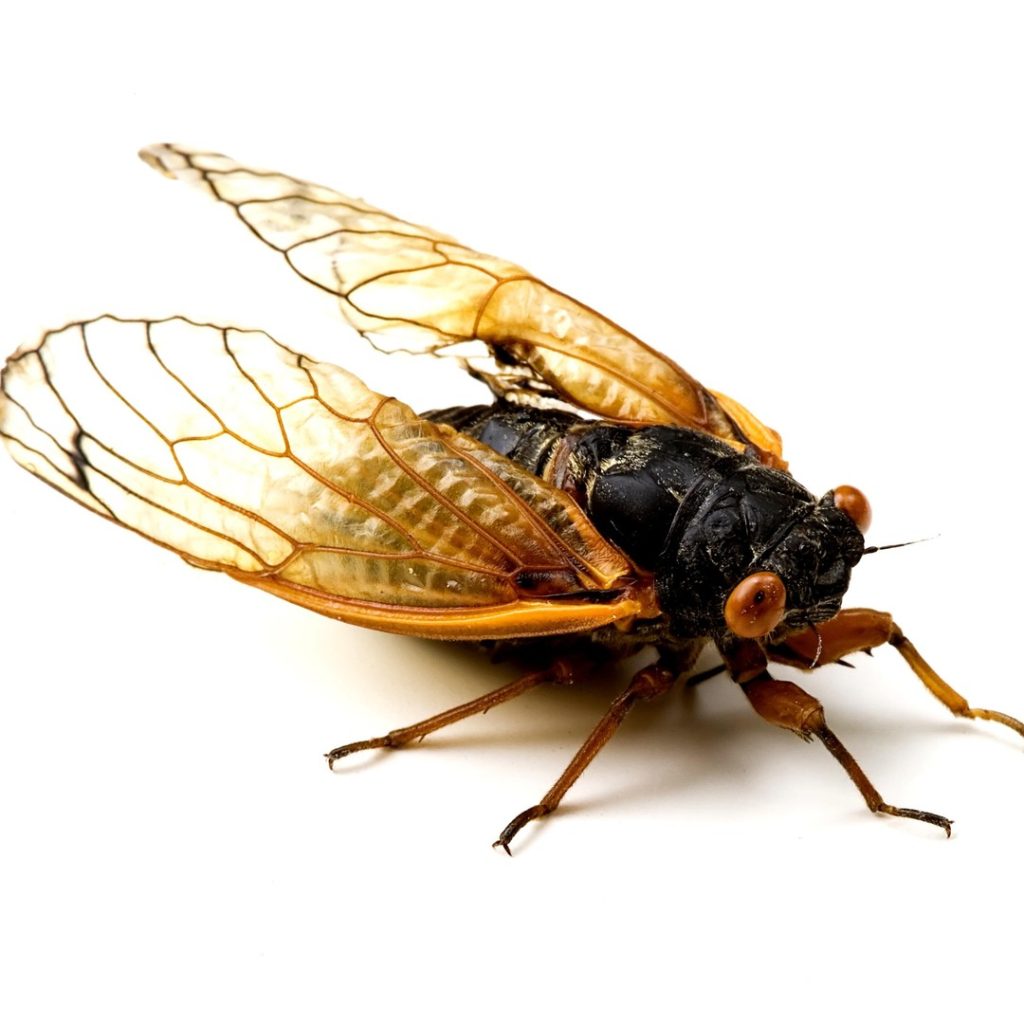
Well, that’s enough for now. Just off to buy some earplugs!
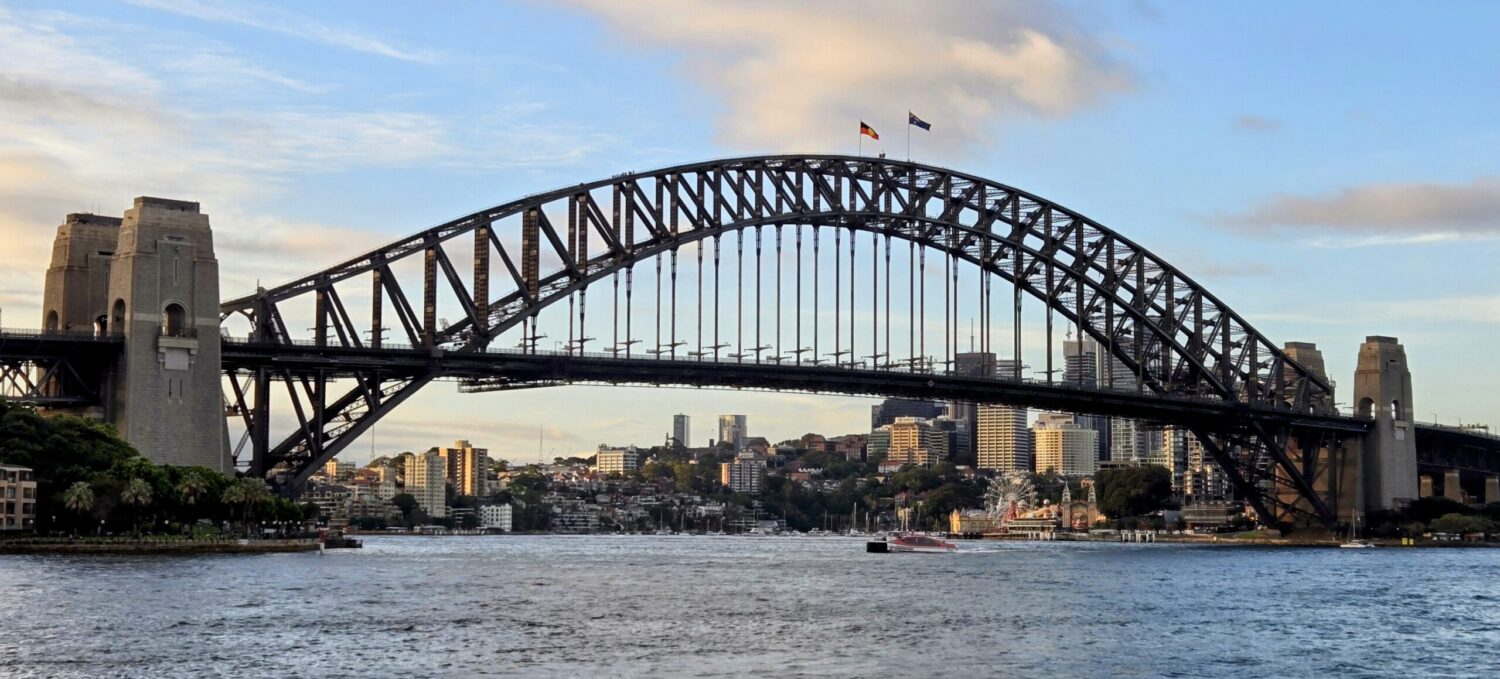
We are enjoying your blog a lot. We didn’t know very much about Spain, especially the countryside and the fabulous old palaces. Being able to travel relatively short distances and find such interesting old buildings and towns must be great. Keep more coming.
It is funny that after a while you do tune out to Cicadas. We have them here in NZ but really never hear them anymore…..just part of the background noise.
Really loving your blogs…..so funny and interesting. The food looks awesome too….especially the brunch. Did you manage to eat ALL of it????
Making happy memories together
Big hugs
XxxxxxX